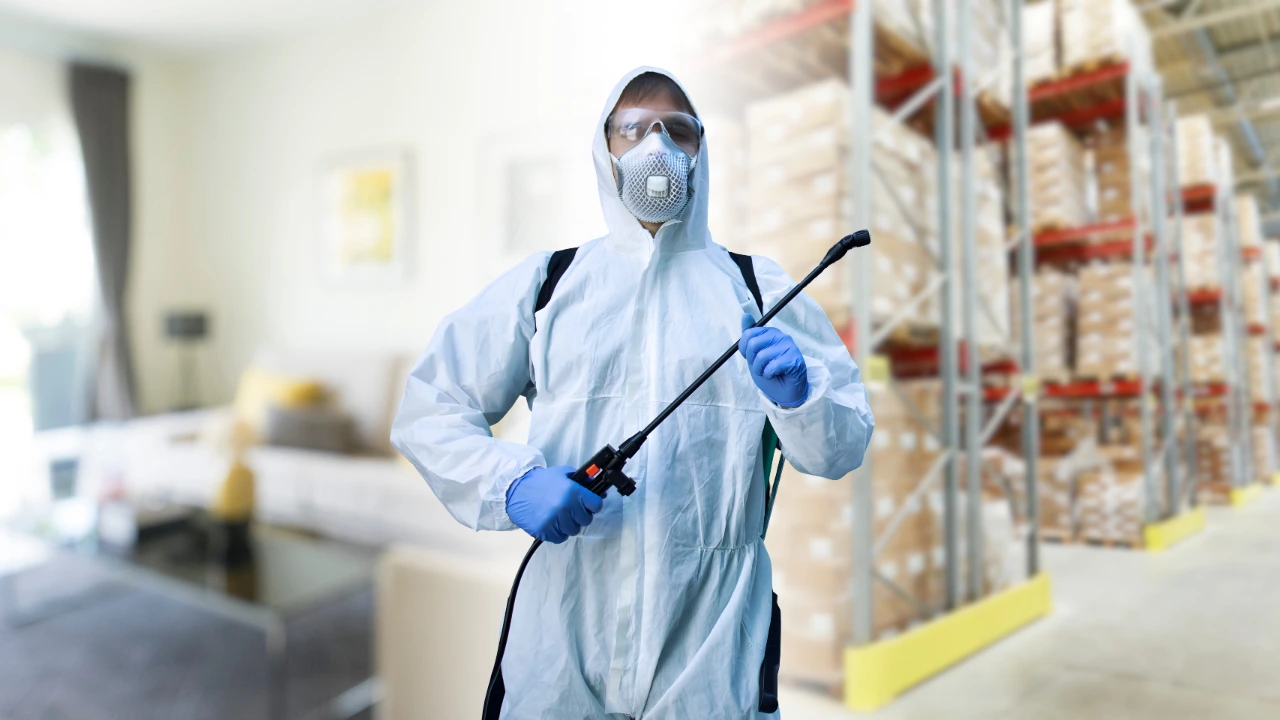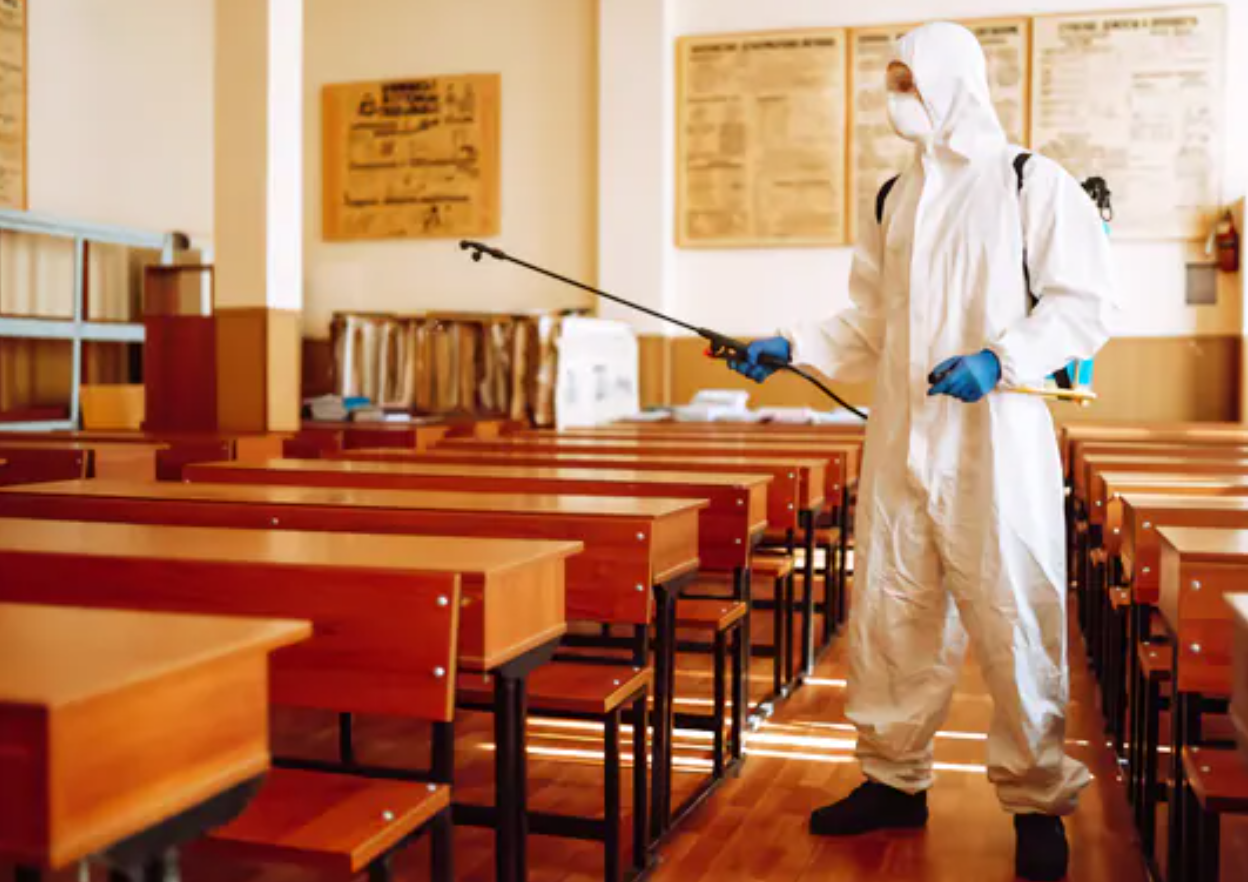If mice can find food,, they will continue to search and chew their way through kitchen cabinets, fridge insides, and even electrical wires,, creating a fire risk. They also bring diseases and contamination with them.
Check lofts, attics, and eaves for mouse droppings and tracks/tail marks. Dusty environments like basements and cellars often show signs of a heavy infestation. Contact Mice Removal Texas now!
Mice are not just a nuisance, they can also pose a health risk and destroy the structure of your home. They can carry and spread bacteria and viruses such as hantavirus pulmonary syndrome, lymphocytic choriomeningitis and Salmonella food poisoning. They are opportunistic feeders, and inside homes they will eat whatever is available including food crumbs, pet foods, stored items in pantries and cabinets, and even the trash.
Typically mice enter buildings through cracks and crevices that are only a few inches wide. The mice can squeeze into these openings because of their small size. Cracks in doors, windows and baseboards should be caulked and sealed to keep out mice. The same is true for any other cracks in the foundation or walls of your home.
Once inside, the mice can cause damage to a property by chewing through wires and other materials in order to access water or food. Mice can also destroy insulation in attics and crawl spaces, leading to mold growth and other problems.
A pest control professional will inspect your property to find the entry points. The exterminator will then use caulk or sealant to end any cracks that are large enough for mice to get through. Cracks around window frames and door frames need to be sealed, along with any other cracks in the basement or attic. The exterminator will also check to make sure that all exterior doors are properly closed and shut.
If you want to prevent a mouse infestation, keep your house clean and tidy and remove potential hiding places for the mice such as piles of clothing or books. Clean floors and counters frequently and store food in containers that are not easy for mice to open. Keep trashcans sealed and do not feed wildlife outside your home. If you live in a rural area, consider attracting barn owls to your property because they love to eat mice.
A mouse infestation can be difficult to get rid of once it gets out of hand. If you suspect that you have mice, take action right away by contacting a pest control company to set up traps or a preventive treatment plan. The sooner you act, the easier it will be to eradicate the mice and restore peace of mind in your home.
Mice are a Health Hazard
Mice eat and breed quickly, leading to infestations that need to be eliminated as soon as they appear. Mice carry disease and contaminate food, and they also damage and spoil items by chewing them and leaving droppings everywhere. They are a health risk to your family or employees, and they can cause significant inventory loss for businesses that store food. The Centers for Disease Control and Prevention warns that mice can spread diseases to humans through their urine, feces and saliva.
The first step in preventing a mouse problem is to seal the entry points into your home. Mice can fit into spaces as small as a dime, so you need to make sure your home has no gaps or cracks that can let in these pests. You can use weather stripping to seal around doors, and you can stuff gaps in the foundation with steel wool or quick-drying cement. You can also install metal wire mesh over chimneys, cover dryer vents and attic vents with screening and replace soffits with rigid sheeting that can’t be chewed.
You should also remove any places where mice can hide and nest outside your home, and you should clean up the yard regularly. Remove fallen fruit, unpicked garden vegetables and other plant debris, and keep garbage cans inside or out of the open, as mice can chew their way into plastic bags to gain access to their contents. Keep wood piles stacked up off the ground and away from your home, and trim back shrubs, flowers and tree branches that could serve as shelter for mice.
Inside the house, you should sweep and vacuum frequently, especially in crowded areas like kitchens and pantries. Look for signs of a mice infestation, including droppings and gnaw marks on food packaging, furniture legs and wires. Listen for scurrying sounds in the walls or ceiling at night, and smell for a strong urine odor.
Effective mouse control is a combination of sanitation, mouse-proof construction and population reduction. Sanitation and mouse-proof construction help prevent new infestations, while trapping and poisoning are used for the removal of existing mice infestations.
Mice are a Nuisance
Mice are a nuisance pest that can cause a host of problems. They can contaminate food with their droppings, cause allergies and asthma in people, chew through electrical wires to create fire hazards, destroy structural wood, and spread fleas and ticks that carry dangerous diseases like the bubonic plague and Colorado tularemia.
Mice typically infest homes in search of food, shelter, and warmth. These rodents can squeeze through openings the size of a dime, so it is important to close all entry points around your home. You should also clean up outside to remove all potential hiding and feeding areas, and make sure that trash is securely capped.
Signs of a mouse infestation include food crumbs on counters and in cupboards, scratching noises, and visible droppings. If you see mouse runways, which are well-worn paths that mice use to move throughout a home, it is an indication of a major problem. You may also notice gnaw marks on furniture, food packaging, and other items. These signs, along with scurrying sounds and musty rodent odors, should prompt you to call a professional for help.
Mice are nocturnal, and their scurrying noises can be heard at nighttime. These noises can indicate that they are nesting in a wall or attic space. Mice build nests from shredded paper, fabric, string, and other soft materials. If you find a mouse nest, it is best to get rid of it right away, as mice droppings and urine can trigger allergies, asthma, and other respiratory conditions.
Other signs of a mouse infestation are chewed electrical wires, holes in furniture and other wooden structures, and shredded insulation in attics or walls. You might also hear squeaks and scratches in the walls at night. A professional pest control expert will do a thorough inspection of your property to assess the scope and severity of the infestation, as well as any possible entry points.
After an initial treatment, you can maintain a pest-free home with regular preventive services from your local Terminix branch. During these visits, your technician will apply a protective barrier to keep mice out, and he or she will spot any new problem areas before they become a serious issue.
Mice are a Destroyer
When mice enter homes, they wreak havoc by chewing through wires, eating books and paper, gnawing on storage containers and spoiling food with their urine and feces that contain bacteria and viruses. They reproduce quickly and are hard to get rid of once they move in.
Mice invade homes and buildings looking for food, warmth and shelter. Their presence can be a major nuisance, leaving droppings everywhere, ransacked cupboards and trashed pantry items. They also contaminate foods with their urine and feces, and cause structural damage by chewing through wood and insulation.
The best way to get rid of mice is to call a pest control expert. A professional exterminator can use traps, natural deterring substances and in severe cases, poison to rid your home of mice infestation. It is important to call a pest control company immediately if you see signs of mice. Mice are wary of humans and tend to hide in dark areas like walls or attics. Mice also scurry away quickly when they sense danger.
In addition to trapping mice, pest control professionals can spray areas of your home and business with repellents that make it impossible for mice to enter. These repellents last a few weeks to a few months depending on the chemical makeup and how much rain your area gets. Pest control companies usually offer monthly or quarterly preventive treatments for mice and other pests.
You can help to keep mice out of your home or business by sealing all entry points. Install door sweeps, repair any cracks in the foundation and walls, and cover vents to stop mice from entering through air ducts.
Another way to stop mice from invading is to place cotton balls soaked with essential oils such as peppermint or clove oil around the house, especially near places they frequent. Mice hate the smell of these oils and it keeps them away from your home.
Seeing mouse droppings or hearing squeaks from a nest is the most common sign of an infestation. Mice are nocturnal and tend to wait until there is no activity before they come out to forage, so seeing them scurrying around during the day is often a good indicator of an active population.


